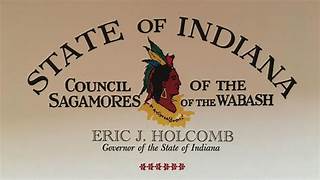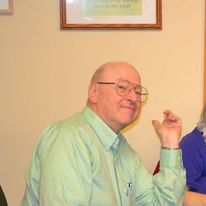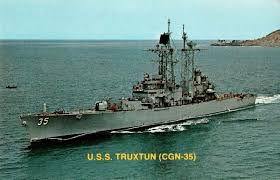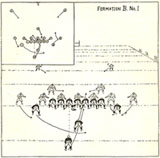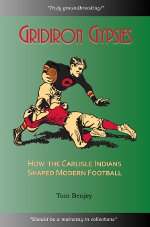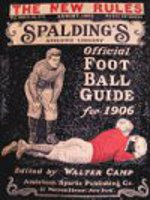
Recent news articles about the American shipbuilding industry lagging far behind China, Japan, and South Korea brought to mind my first job after finishing college. While attending college I worked as a technician at Emerson Electric designing motors for refrigerators and air conditioners. That experience helped he land a job at Newport News Shipbuilding and Drydock Company writing FØRTAN programs for electrical engineering applications.
My major project was a voltage drop program for the USS Nimitz (CVN-68) and USS Eisenhower (CVN-69) aircraft carriers. I worked with an engineer I will call Howard, who was a little older than me but considerably more experienced. Howard was so convinced that the shipyard was wasting money that he offered to work for no salary if he could keep a small percentage of what he saved them. He viewed inefficient practices at the shipyard as shoveling money into the James River and letting it float away into the ocean. Management didn’t consider his offer seriously. From recent news reports American shipbuilders haven’t become that much more efficient than they were in the early 1970s.
Howard provided the theory and I developed a model and wrote code to implement it. As electricity travels along a wire, a portion of it is loss to resistance. The longer the wire, the greater the loss. If the loss is too great, the size of the wire must be increased. Since wires can’t grow to increase in size, they must be replaced with a wire of the same length but of a larger diameter. If a wire proved to be too short, it couldn’t be lengthened; a new one must be cut. This was where the problems lay. For an aircraft carrier, the wires that distribute electrical current throughout the ship are very large in diameter and long, sometimes as thick as a grown man’s forearm just below the elbow and as long as a football field. This is a lot of copper and copper is expensive, too expensive to be throwing into the James River.
Engineers computed the lengths and gauges (thickness) of the cables (wires) that were needed in a room reminiscent of the scenes in the movie Hidden Figures where men computed figures for NASA’s Mercury Program. Changes or errors rippled down the line causing many previous calculations to be incorrect and requiring up- and/or downstream cables to be changed. These computations took a lot of time to make and were often completed after the cables were cut. Too often cables had to be replaced with larger, more expensive ones. If that wasn’t waste enough, the replaced cables were often not used elsewhere, just scrapped.
The computer program we developed performed the computations much more quickly than could be done manually. Making corrections before cables were cut would save millions of dollars over the construction of a behemoth carrier. Howard and I considered doing the manual calculations drudgery plus Howard knew of important engineering tasks that were not being done because engineers were tied up calculating voltage drops. His hope was to free up his colleagues from this drudgery to do actual engineering. Comfortable with the existing task and fearful of the unknown, the engineers resisted the change. Human nature does not change quickly, so one would expect new inefficiencies now exist and aren’t being corrected.
The Nimitz and Eisenhower are now scheduled to be scrapped by the end of the decade. One wonders if their replacements are being built more efficiently. I suspect so but not as efficiently as those being built in China, Japan, and South Korea.


